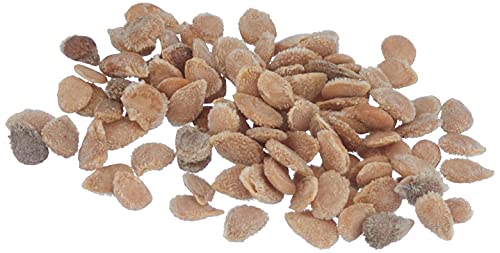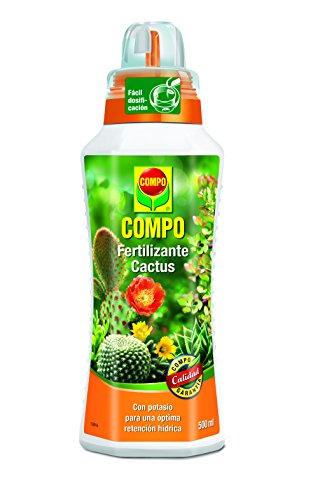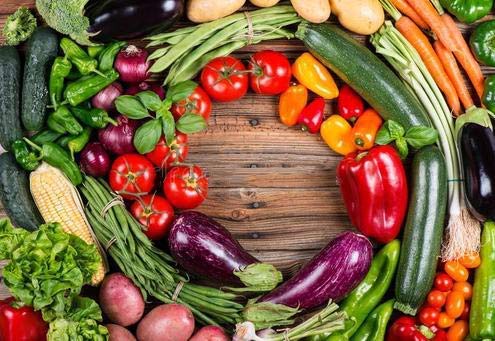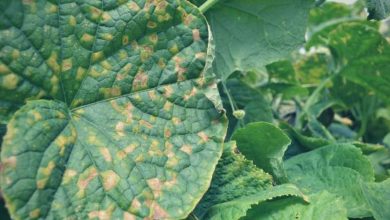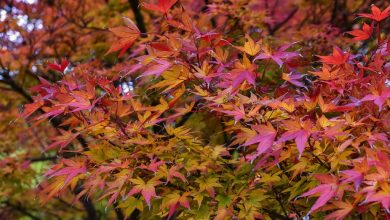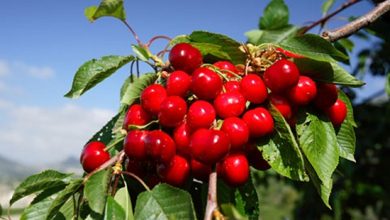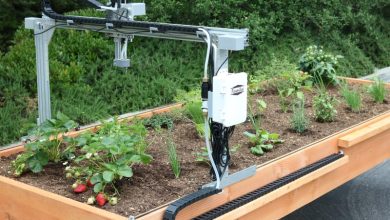Fertilize to Germinate Seeds: How, When and How Much? – Sow100
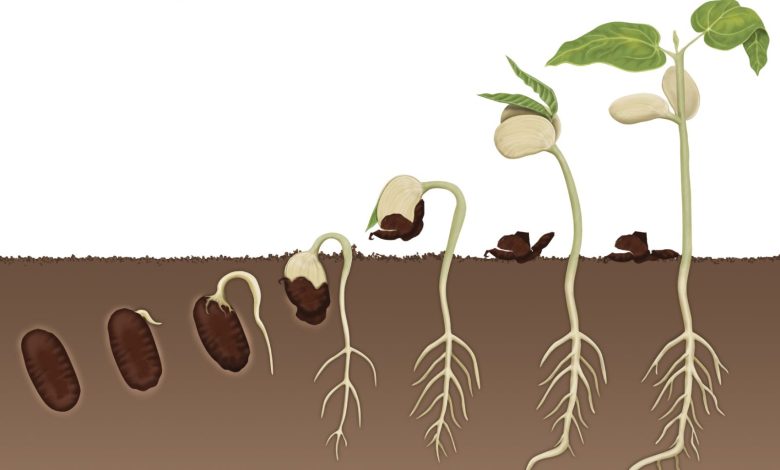
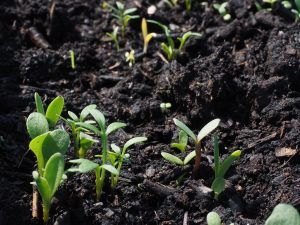 Seed germination is one of the most delicate processes that we can find when it comes to having a home garden.
Seed germination is one of the most delicate processes that we can find when it comes to having a home garden.
That the seeds have the right conditions to germinate is essential to increase the rate of effectiveness in this process.
The substrate is the key to all this. And, of course, the nutritional value that it has. It is an issue that gives a lot of material to cut because a deficit can be easily addressed, but also an excess can be generated.
So, let’s see how to act correctly in the following lines, are you coming?
Is fertilizer necessary to germinate a seed?
In the early stages, the seeds only need two main elements: water and light.This is because the cotyledons inside the seeds already have all the nutritional components they need.
However, when the plant begins to form outside the seed, the nutrients will be essential to feed it and to start an approved growth.
For this reason, the rate of effectiveness in the seed germination process will be better in those substrates that are rich in nutrients, compared to poor substrates.
What factors influence the nutritional level of the substrate to germinate?
This is a very interesting question, considering that the amount of substrate used to germinate is quite small. This means that the variation of nutrients can be really fast, since the risks influence their loss.
At the same time, it is possible to remedy the problem with a small dose of fertilizer that will give good results in a short period of time.
What nutrients does a seedling need when it has just germinated?
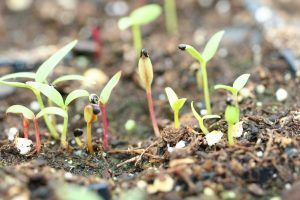 A newly germinated seedling has a requirement for nitrogen (N), potassium (K) and phosphorous (P) that must be applied in small doses.
A newly germinated seedling has a requirement for nitrogen (N), potassium (K) and phosphorous (P) that must be applied in small doses.
This will help it to develop in a healthy and vigorous way to reach its adult stage at the appropriate time.
It is necessary to take into account the doses to be applied, since an excess of nutrients does not translate into better plant growth. Contrary to popular belief, this action could have negative results because it will affect the internal behavior of the structure.
The ideal in this phase is to work with starter fertilizers that you will have to supply in the appropriate dose to improve results. In any case, you always have to consider the type of plant in question because not all of them have the same needs.
For example, there are plants that need an acidic substrate from the beginning and fertilizers can influence this issue. Therefore, it must be ensured that the influence of the fertilizer does not harm these values. Other factors that can also have an influence are the climate, the date of the year, the type of substrate used, among others.
How to make fertilizer to germinate seeds step by step?
When it comes to germinating seeds, ensuring that the substrate has a good level of nutrition will help the newly born seedling find the best environment. Later, this nutritional contribution will be possible to complement it with specific fertilizations for starting, which we already mentioned above.
The primary subscriber can be made from organic waste with which you will get the well-known homemade compost. 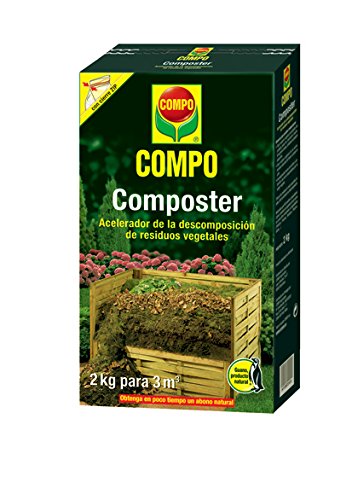
To run it, follow these steps:
- Locate a container that will serve as a composter (they also sell them at farm stores, if you prefer to buy it). Ideally, it should be round or square in shape and approximately one meter deep.
- Start with the first layer of material, which will be normal gardening soil. Insert enough to fill a 10-centimeter base.
- Then incorporate the organic material you have available. This includes dry leaves, vegetable food waste (not meat, fish, etc.), coffee grounds, among others.
- Add a new soil layer. This can be about 5 centimeters. The idea is to cover the organic waste.
- Periodically check the composter and mix vigorously to incorporate air and help the decomposition process progress properly. Here it is important that you bring from the bottom the earth that is up and what is from above passes down.
- Moisten with a simple watering if the temperature is very high in the place where you have the compost.
The process is cyclical. It means that you will have to continuously stir. Normally, a dark soil begins to form from the center to the sides. This soil will be granular in consistency and is just what you need.
Take into account that for the process to be fully executed it will take several weeks. At the end you should have a homemade organic material such as loose compost, dark and that does not have a bad smell, but rather smells like wet earth.
You will have to mix it with a little soil where you will have the seeds. If you use seedlings, the amount should be really small. Later, with the seedling, you can apply a little more.
What helps seeds germinate?
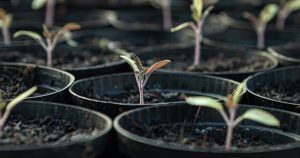 Seed germination will be carried out properly when they have the moisture and light conditions they require.
Seed germination will be carried out properly when they have the moisture and light conditions they require.
As we mentioned above, the fertilizer tends to play a less definitive role in this first stage because the cotyledons already have the necessary nutrients.
In fact, there are seeds that are capable of germinating without having any contact with substrates, because they do so in water or cotton, just to mention a few. The fact is that a few days after germination, the newly born roots do begin to look for nutrients to feed on.
And it is at that point that you must pay attention to offer him just what he needs and that he is able to grow with energy and very healthy. It is not a complex task, you just have to have the amounts of fertilizer to be provided well adjusted so that no inconvenience arises.
With everything we told you here you will have it covered, so let’s get to work!
Bibliographic references
- Germination tests and analysis of viability and vigor in seeds, I Rodriguez Quilón, G Adam, JM Durán – Agriculture: Magazine …, 2008 – orbi.uliege.be
- Preparation of a bocashi-type organic fertilizer and its evaluation in radish germination and growth, C Mendivil-Lugo, E Nava-Pérez… – Biotecnia, 2020 – scielo.org.mx
- Evaluation of substrates for vegetable seedlings, GQ Roldán, CM Soto – Mesoamerican Agronomy, 2005 – redalyc.org
- Effect of organic fertilization on foliage production and seed yield of coriander Coriandrum sativum L. Variety Unapal Precoso, DC Usman, C Usman, CRB Correa… – Acta…, 2003 – revista.unal.edu.co
- Use of Different Levels of Organic Fertilizer (humus) in the Production of Forage and Seed of Oat Grass (Arrhenatherum elatius), NF Gaibor Viteri – 2012 – dspace.espoch.edu.ec

